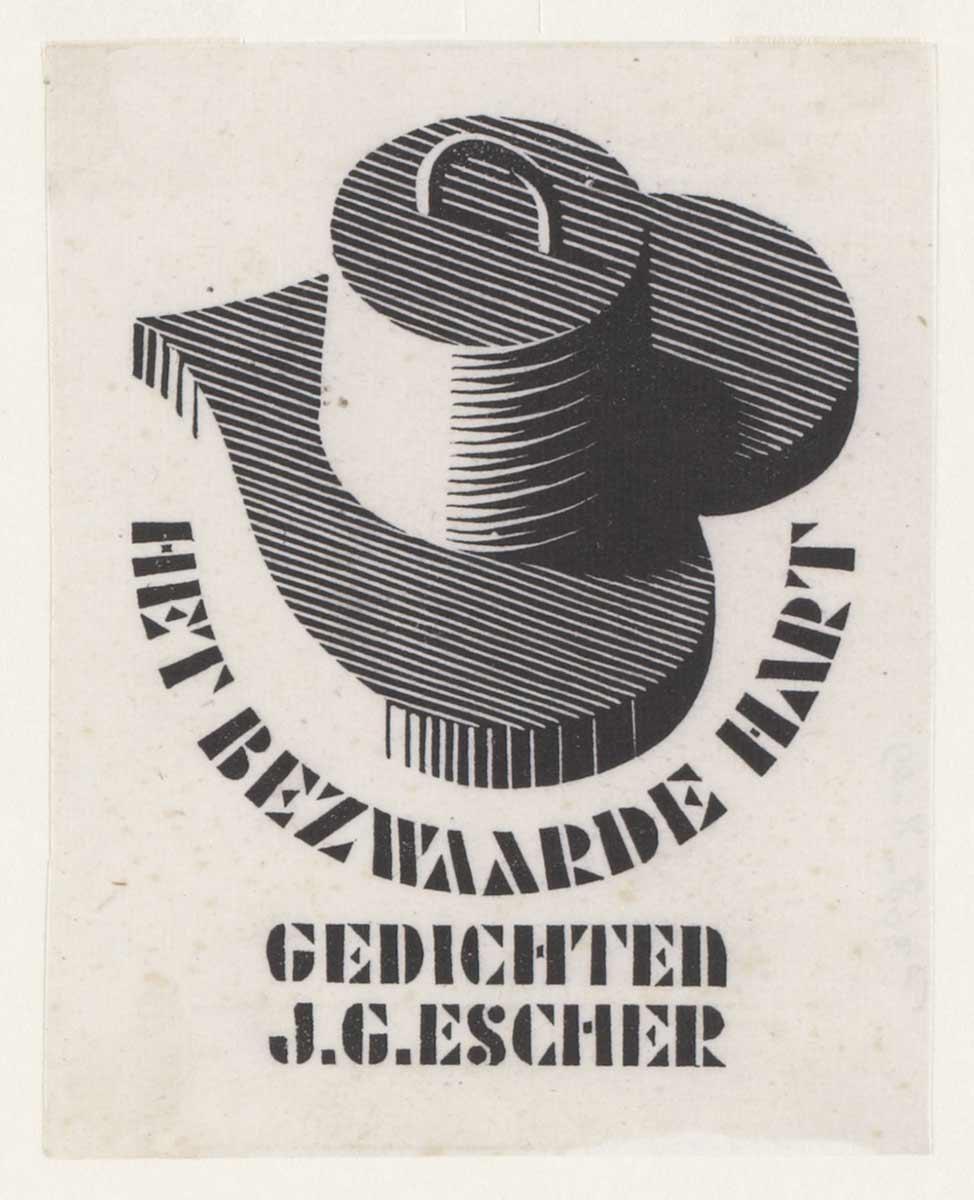

On 22 April 1932, Escher and his friend Giuseppe Haas-Triverio left for Sicily for a month. An island that was new to the both of them. In Naples they embarked on the steamship Florio, which dropped them in Palermo after a 13 hour trip. The number of places they visited over the next month was impressive: Palermo, Corleone; Cefalù, with its famous cathedral; Tindari (once founded by the Greeks); Milazzo; the island of Lipari; the beautifully situated town of Taormina; the Etna region; Giarre, with its traces of the volcanic eruption in 1928; Randazzo (built close the Etna and housing a cathedral made out of lava stone); the lava formations at Bronte; Cesarò; Roina; Cerami; Nicosia; Sperlinga; Enna; Gangi; Petralia Sottana; Sclafani; Segesta, with its Greek temple; Caltavuturo, the cloister of Monreale and, again, Palermo.* During that month Escher produced 23 sketches which he turned into 12 prints in the winter of 1932-1933. Together they give a good impression of the visit to the island that had made such a big impression on him and Haas-Triverio.*
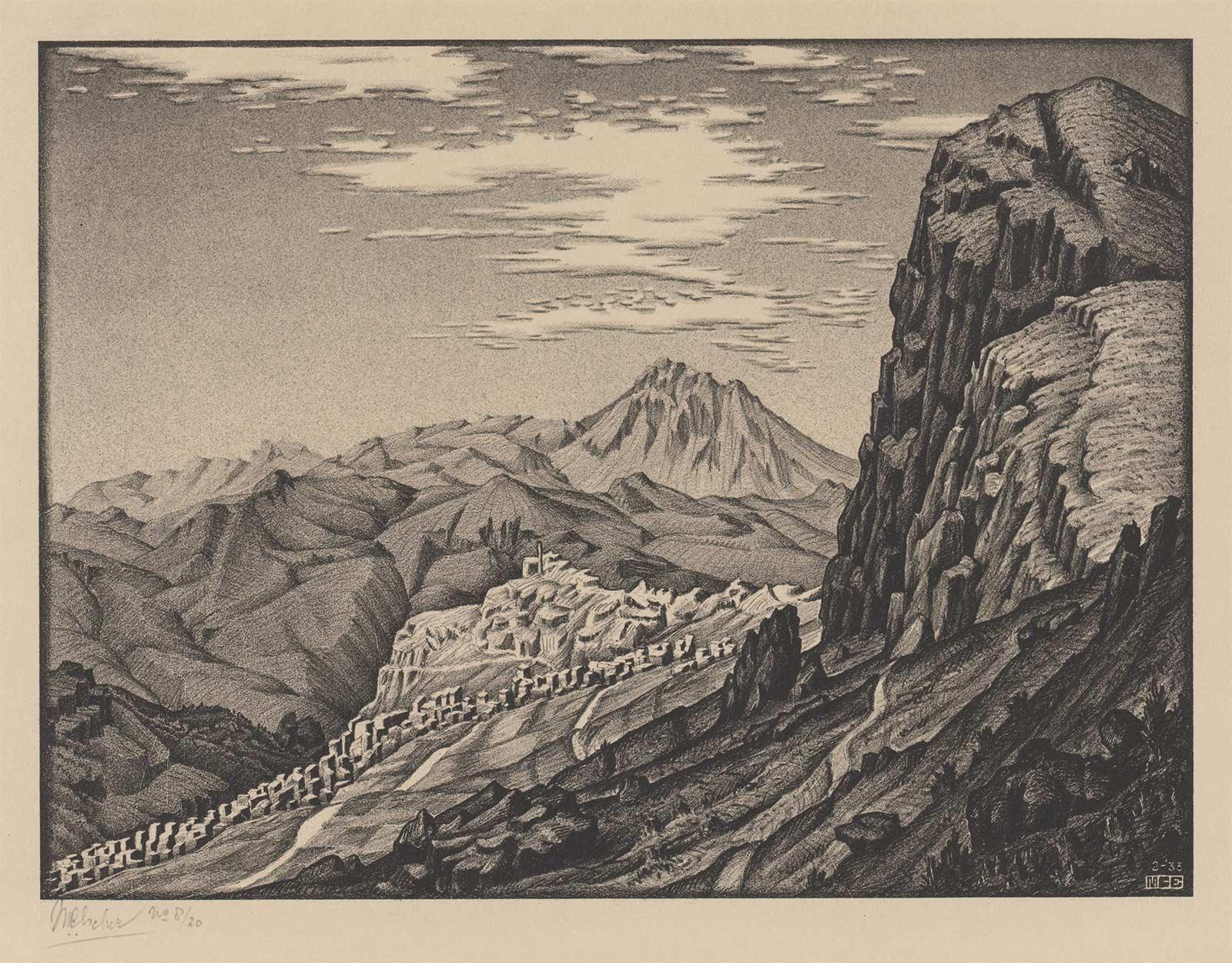
M.C. Escher, Caltavuturo in the Madonie Mountains, Sicily, lithograph, February 1933
Caltavuturo in the Madonie Mountains is one of these prints. The Madonie is a mountain range in Sicily. The Pizzo Carbonara is its highest peak and the second highest in Italy (after Mount Etna), at almost 2,000 metres. It is a beautiful area with lush nature and a number of ancient towns and villages. Escher liked nothing more than to wander through a mountainous landscape and marvel at the settlements he encountered in these often remote areas. Caltavuturo lies in the shadow of a mighty rock formation and the contrast between nature and culture is something that he captured in many prints. He usually adds something of the buildings to the Italian landscapes he produced in the 1920s and 1930s. Examples include Goriano Sicoli, Barbarano, Cerro al Volturno, Castrovalva, Palizzi, Morano, Pentedatillo, Tropea and Santa Severina. All prints in which the town in question is stuck on or against a rock or mountainside, as though perpetually embroiled in a fight for life. In the case of Caltavuturo, the city and its inhabitants seem to lose the battle. Escher pictures the town only in rough form and emphasises the cloudy sky and the ‘Rocco di Sciara’, the rock formation that seems to be devouring the buildings below.
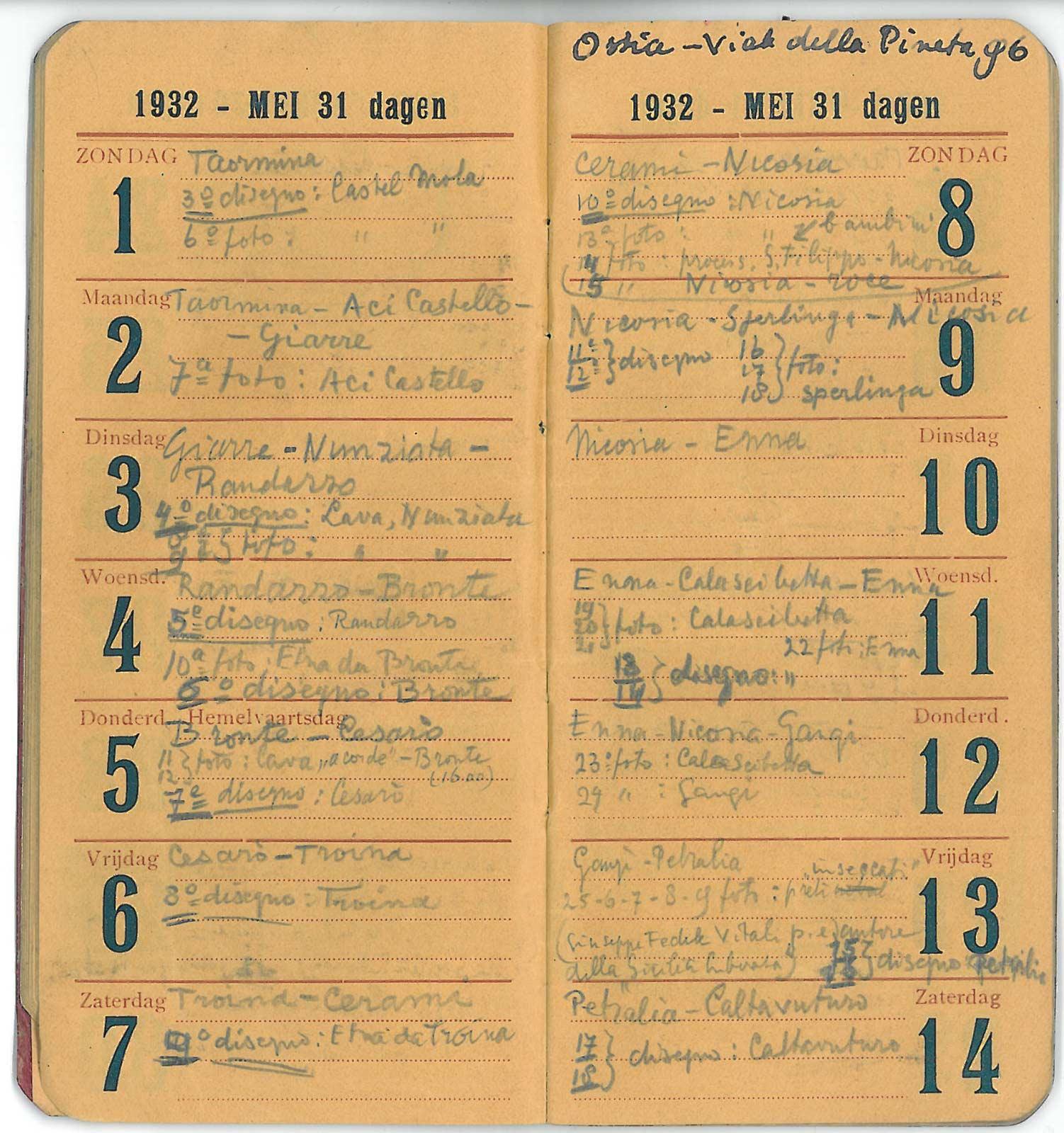
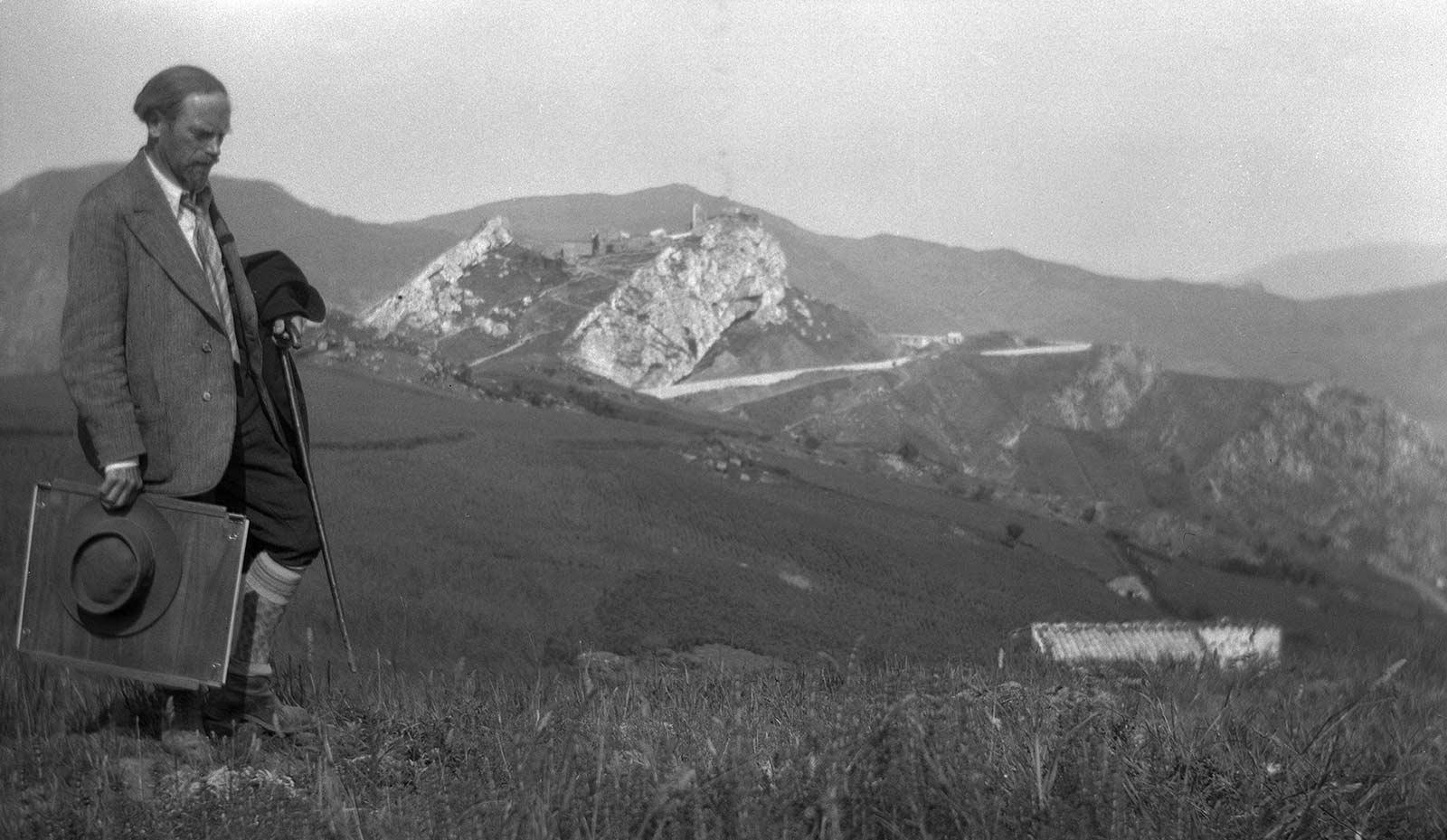
Map is loading...
Source
[*] Wim Hazeu, M.C. Escher, Een biografie, Meulenhoff, 1998, page 151
More Escher today

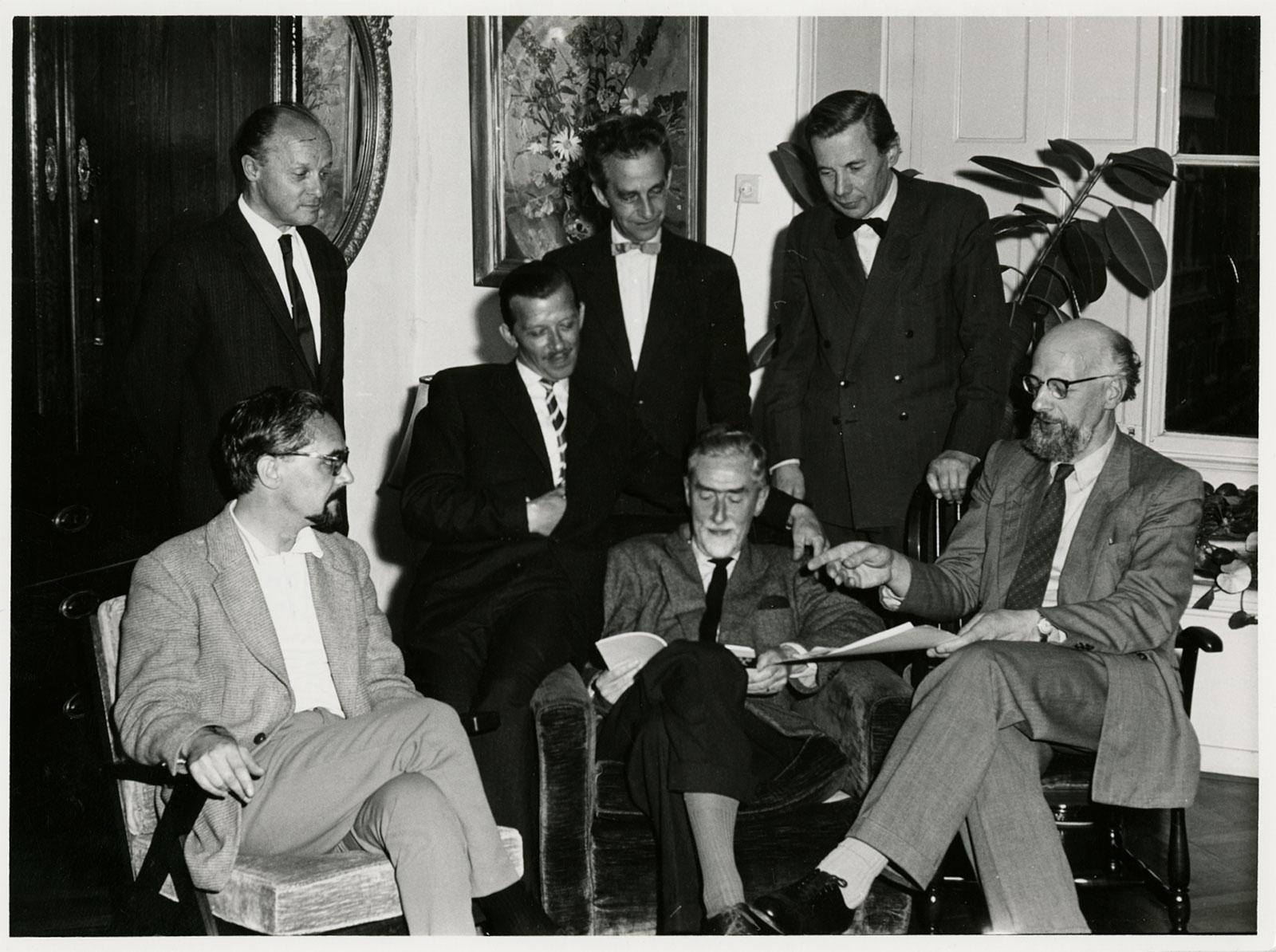
50 years of 'De Grafische'
